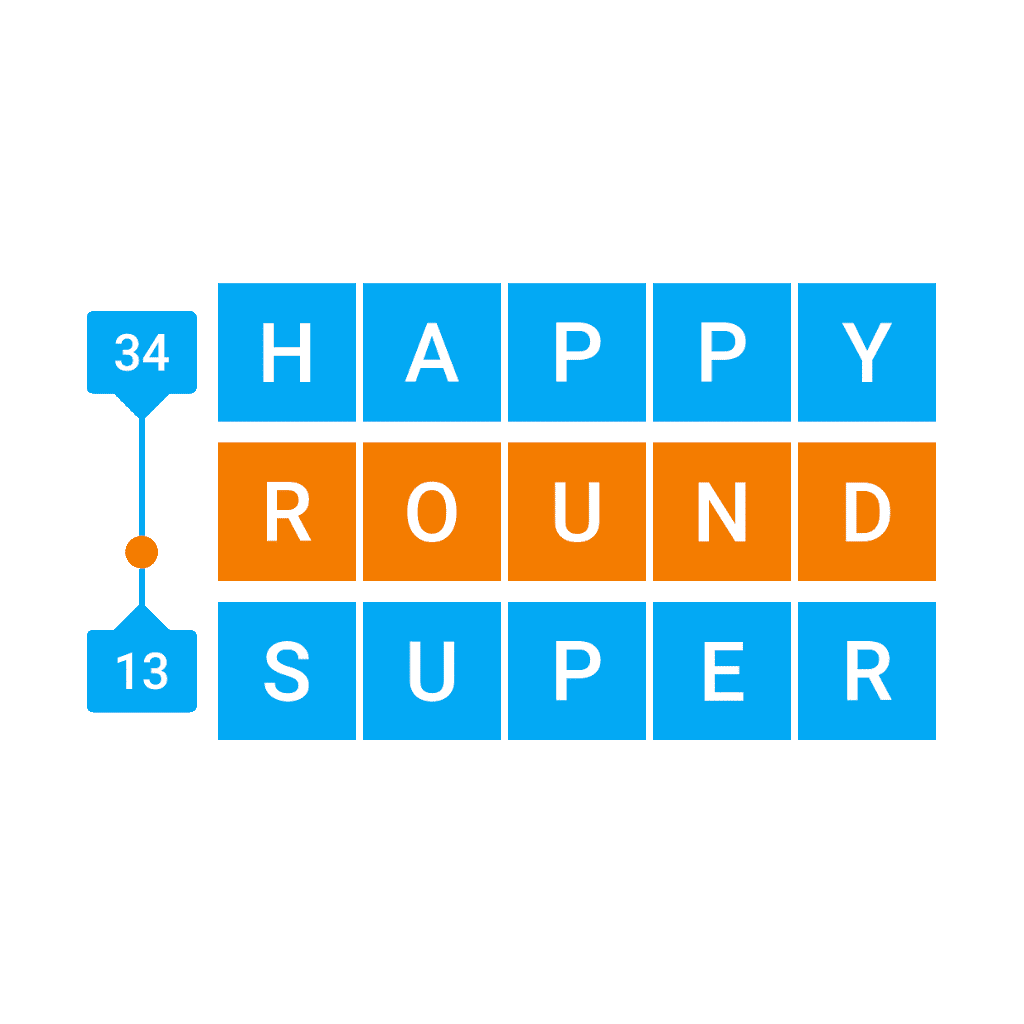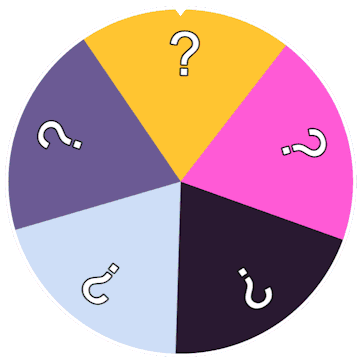Ever wondered how top cruciverbalists finish puzzles in record time? Practice and perseverance play a role, but mastering crosswordese—those elusive yet frequently used words and abbreviations—can make a world of difference. Crosswordese refers to terms that are not common in everyday language but frequently appear in puzzles due to their unique letter combinations and lengths. These specialized words and abbreviations are essential for both constructors and solvers.
This article will help you better understand and learn these key terms. We’ve curated and visualized the top 75 crosswordese, showcasing their frequency and importance. Whether you’re looking to speed up your solving or simply enhance your crossword skills, getting familiar with these terms will make your experience more engaging and rewarding.
To create this comprehensive guide, we began by analyzing the Xwordinfo database, which includes the most popular NYT crossword answers of all time, alongside data from NYT Crosswords and Variety puzzles. From this extensive dataset, we meticulously curated and selected answers that are less common in everyday language, fitting the definition of crosswordese. We then organized these terms into thematic categories and examined key aspects such as the dominant topics, the distribution of word lengths, and how words are spread within each category.
Key Insights:
- The most prevalent topic groups in crosswordese are Languages & Words, Geography, and Culture, Mythology & Philosophy. Familiarity with these areas can significantly enhance your proficiency in solving NYT Crosswords.
- ERE and ERIE are the most commonly used crosswordese, appearing most frequently in the NYT Crossword puzzles.
- In NYT Crosswordese, the length of 4 letters is the most frequently encountered, making it a key length to recognize and remember.
Exploring Crosswordese: Data Insights and Visualizations
Below is an interactive table featuring the list of the 75 crosswordese terms we analyzed. You can search for a word, topic, or other details. As we previously mentioned it's a carefully curated list of NYT Crossword answers that meet the criteria of a crosswordese, selected based on their frequent appearance in NYT and Variety crossword puzzles. For each term, we added details such as its topic category, definition, length, and total occurrences in NYT puzzles to date (August 2024).
Here’s a breakdown of the 9 topic categories we identified:
- Languages & Words: Includes archaic terms, Latin vocabulary, formal language, and non-English words that haven’t yet entered common usage.
- Geography: Covers place names, rivers, mountains, and other geographical terms.
- Culture, Mythology & Philosophy: Features terms from diverse cultural, mythological, and philosophical contexts, including names of gods and mythological figures, philosophical concepts, and cultural references.
- People
- Fashion
- Food
- Plants & Animals
- Science & Technology
- Miscellaneous: Captures terms that don’t fit neatly into other categories or overlap multiple areas. Examples include ALA (a style term and a state abbreviation) and EERO (a name and a brand of routers).
Today's NYT Puzzle Guides by LadyPuzzle Pro
- Today's Wordle
- Connections Hint Today
- NYT Mini Crossword Answers
- NYT Crossword Answers Today
- Strands Answers Today
- Spelling Bee Hints
- Connections Sports Edition (The Athletic)
Top Terms and Their Clues
The interactive cards below feature the top 12 crosswordese terms, each used around 800 times or more in NYT puzzles as of August 2024. Each card shows the term, its topic, and how often it has appeared so far. Flip the card for more in-depth information, including examples of clues these terms have answered. Keep in mind that these numbers can change as new puzzles are published.
This list of the top 12 crosswordese terms highlights the dominance of the Languages & Words category, reflecting its prominence throughout our data. Notably, the letters E, A, and O are the most common, showcasing the frequency of repeated vowels in these terms. The selection spans a wide array of topics, with representatives from nearly every category, illustrating the diverse nature of crosswordese. Some terms, like ALA, ANON, and ALAI, demonstrate versatility, serving multiple meanings across different contexts. In contrast, terms like ERIE, ERE, ETE, and ENOS challenge constructors to craft unique clues for the same concept, adding a layer of complexity and creativity both to puzzle constructing and puzzle-solving.
75 Essential Crosswordese: Topic and Length Analysis
The fan chart below illustrates the distribution of crosswordese across various categories based on their occurrences over time in NYT puzzles. With a grand total of 38,230 occurrences, Languages & Words lead the pack, contributing a substantial 9,073 occurrences followed by Miscellaneous (encompassing a variety of smaller topics or versatile terms fitting more than one category), Geography and Culture, Mythology & Philosophy with significant contributions.
The following chart illustrates the contribution of the most common word lengths to NYT crosswordese. This research limits the analysis to lengths between 3 and 6, as words longer than 6 letters are rare in the crosswordese data. As we can see 4-letter words are by far the most prolific, accounting for over half of all occurrences, with 3-letter words following closely behind. So, for those looking to improve their crossword-solving skills, prioritizing the learning of 4- and 3-letter words can provide a significant advantage, given their frequency in puzzles.
Breaking Down the Top Crosswordese Categories
Let's look again at the most dominant crosswordese categories by focusing on the contribution of each word within these groups. The visual breakdowns below are meant to help you identify the most frequently used words in each category, enhancing your learning experience.
Languages & Words
In the Languages & Words group, ERE reigns. It’s the king of crosswordese you should not forget! Close behind are ESSE, ANON, ETAL, and ETE, proving that short words with repeated vowels truly rule the puzzle world. Keep them in mind too! Less common terms like OUI and NENE still play crucial roles, though they appear less frequently.
Geography
In the Geography category, ERIE (Lake ERIE) emerges as the undisputed ruler with 1,401 occurrences in our data set, nearly rivaling ERE, the king of the Languages & Words group relying on very similar letters and make it easier to remember together. Following, we have ADEN, YSER, and ESSEN spreading from Yemen to Germany and proving that geography plays a key role in crossword puzzles.
Culture, Mythology & Philosophy
This category is notably more balanced compared to the previous ones, with no single word dominating the list. ENOS leads with 878 occurrences, followed closely by ARES, ABEL, and ESAU. This category leans heavily on words from Genesis, making familiarity with these biblical names a key asset for crossword solvers. From mythological figures like ERATO to cultural references like AGORA, this group offers a diverse yet evenly spread selection of crosswordese.
Miscellaneous
In the Miscellaneous category, ALA stands out as the dominant term with 1,078 occurrences, reflecting its versatility. While ALA is related to Geography (as an abbreviation for Alabama), it also means "in the style of," showcasing its broad use. Similarly, other words like ALAI and ENID come from multiple categories, adding to their crosswordese appeal. The category also features some less common abbreviations.
Closing Thoughts
In the world of crosswords, familiarity with crosswordese (these often obscure but frequently used words,) enhances your solving skills making your puzzle experience more enjoyable.
While mastering all the crosswordese out there is the ultimate goal, we know it can feel overwhelming, especially if you're just starting out. That's why we recommend focusing first on the 4-letter words and key categories like Languages & Words, Geography, and Culture, Mythology & Philosophy. These are the building blocks that will boost your confidence and skill.
For those who enjoy NYT's Mini puzzles and games like Connections and Strands, knowing these terms besides understanding the essential clue reading tips can also be beneficial. These games frequently incorporate similar rules and terms.
Keep these insights in mind, and you’ll be well on your way to crossword mastery.
Happy puzzling!

 NY Times Mini
NY Times Mini NY Times Crossword
NY Times Crossword NY Times Wordle
NY Times Wordle NY Times Connections
NY Times Connections NY Times Connections Sports Edition
NY Times Connections Sports Edition NY Times Strands
NY Times Strands NY Times Spelling Bee
NY Times Spelling Bee NY Times Pips
NY Times Pips Word Salad
Word Salad Contexto
Contexto Blossom
Blossom Betweenle
Betweenle Conexo
Conexo Bracket City
Bracket City Fluxis
Fluxis Stacks
Stacks Atlantic Crossword
Atlantic Crossword LA Times Mini
LA Times Mini LA Times Crossword
LA Times Crossword Word Hurdle
Word Hurdle Anagram Solver
Anagram Solver Scrabble Word Finder
Scrabble Word Finder Words With Friends Word Finder
Words With Friends Word Finder Atlantic Games
Atlantic Games LA Times
LA Times Zorzzle
Zorzzle Word of Fortune
Word of Fortune
